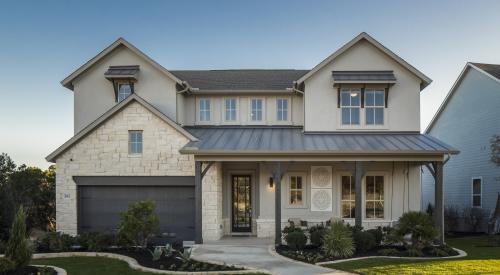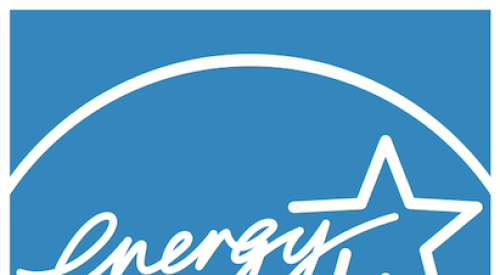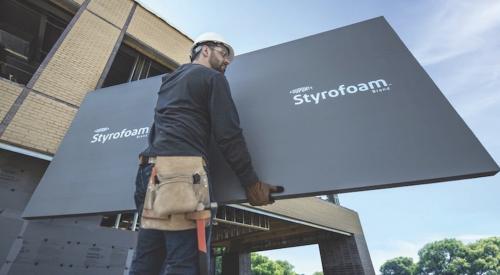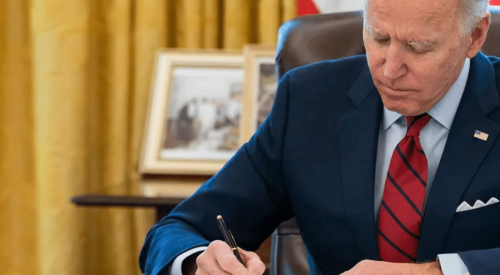| NAHB President Bruce Smith
|
With rising costs, the looming threat of fuel shortages and President Bush’s announcement of a broad new national energy policy, energy efficiency is again at the forefront of the national agenda.
Public attention will inevitably turn to residential energy efficiency as part of this renewed focus, and I’m proud to report that new homes are 100% more energy-efficient than they were in the early 1970s, when the need for energy conservation first became a national issue.
Homes built today are so much more energy-efficient because of two principal factors: voluntary programs that make it easy for builders to promote conservation to home buyers, and new construction materials and practices that help save on energy use.
Since the mid-1990s, consumers have bought more than 200,000 homes built under six NAHB-endorsed, voluntary energy-efficiency partnerships among builders, utilities and other groups: the Edison Electric Institute E Seal, CertainTeed’s Certified Plus Home, Comfort Home, the Environmental Protection Agency’s Energy Star, Johns Manville Performance Home and Alaska Craftsman Home. These programs help consumers, builders, utilities and government agencies realize energy savings without adding costs that jeopardize new homeownership for families.
According to Building Greener, Building Better: The Quiet Revolution, a new publication from the NAHB and the NAHB Research Center, advances in building materials, products and practices also are contributing greatly to new home energy efficiency. Following are just a few examples:
Despite the progress we have made, we can do more, and the NAHB firmly believes that the best hopes for achieving more energy conservation in the home lie in voluntary, consumer-oriented, market-driven programs and technological advances that conserve energy without adding costs for new home buyers.
To this end, the NAHB is urging the administration and Congress to help new home buyers and homeowners by expanding these kinds of market- and technology-driven initiatives to encourage maximum energy efficiency at minimum costs. The NAHB is also urging Congress to pass a tax credit for energy-efficient residential housing as well as a tax credit for projects that increase energy efficiency in existing homes.











